The Oasis at Death Valley – Eastern California
Escape to The Oasis in Death Valley, California for a hot springs retreat that promises to be an unforgettable experience. Whether you’re looking for a romantic getaway or a family adventure, this historic landmark has two distinct hotel experiences to offer – the five-star Furnace Creek Resort and the more rustic True Oasis.
Located within the vast expanse of Death Valley National Park, The Oasis has undergone a recent restoration that cost an impressive one hundred million dollars. Guests can expect nothing less than an opulent experience in this beautiful oasis in the middle of nowhere. The hotel features a variety of amenities including spring-fed pools, tennis courts, and golf cart rentals to explore the entire park.
The possibilities are endless at this breathtaking destination. Take a swim in the spring-fed swimming pool or soak up some sun on the lounge chairs scattered throughout the grounds. In addition, there is also a pool bar offering delicious cocktails and snacks for those looking for a more relaxed experience. For an adventure, take a drive through the nearby Zabriskie Point or visit Glacier National Park.
The Oasis at Death Valley is also a superb wedding venue. Located in the heart of the National Park, this remote location provides a beautiful and romantic setting for your special day. From valet parking to an outdoor ceremony amid the world’s finest views, The Oasis will provide everything you need for a perfect celebration.
Just a two-hour drive from Las Vegas, this luxurious destination offers something for everyone. Owned by Xanterra Parks & Resorts, The Oasis is a true gem in North America. Whether you’re seeking a romantic five-star getaway or an exciting family adventure, The Oasis at Death Valley is the place to go. After all, Clark Gable once said “the only place I ever truly found paradise was in Death Valley.” So why not come and experience it for yourself?
History of The Oasis
The Oasis has a long and storied history. Its story dates back to the 1880s, when it was built as a stopover on the 20-Mule Team Borax wagon trail from Harmony Borax Works. The resort was also the home away from home for some of Hollywood’s most famous stars, including Carole Lombard and Clark Gable.
In recent years, The Oasis has undergone extensive renovations and expansions, thanks to its new owner Xanterra Parks & Resorts. In addition to the existing Inn and Ranch hotels, several luxury resorts have been added to provide guests with even more exceptional experiences. With all of its modern amenities, The Oasis is the ultimate destination for travelers looking to get away from it all and reconnect with nature.
Hot Spring Pools

Discovering a hidden oasis in the midst of a parched desert may seem like a paradox, but The Oasis resort has defied expectations. Nestled in what is said to be the driest site in North America, this destination boasts magnificent splashy pools that provide guests with the ultimate relaxation experience.
The resort’s fame is due to its spectacular spring-fed pools, which are perfect for unwinding and recharging one’s batteries. Guests have plenty of space to play, swim, and soak in the two different hot spring pools, one located at each of the Inn and Ranch hotels. The aquifer that supplies the water for each pool is situated between Furnace Creek and Zabriskie Point and maintains a consistent temperature of 87 degrees Fahrenheit all year long.
Things to Do
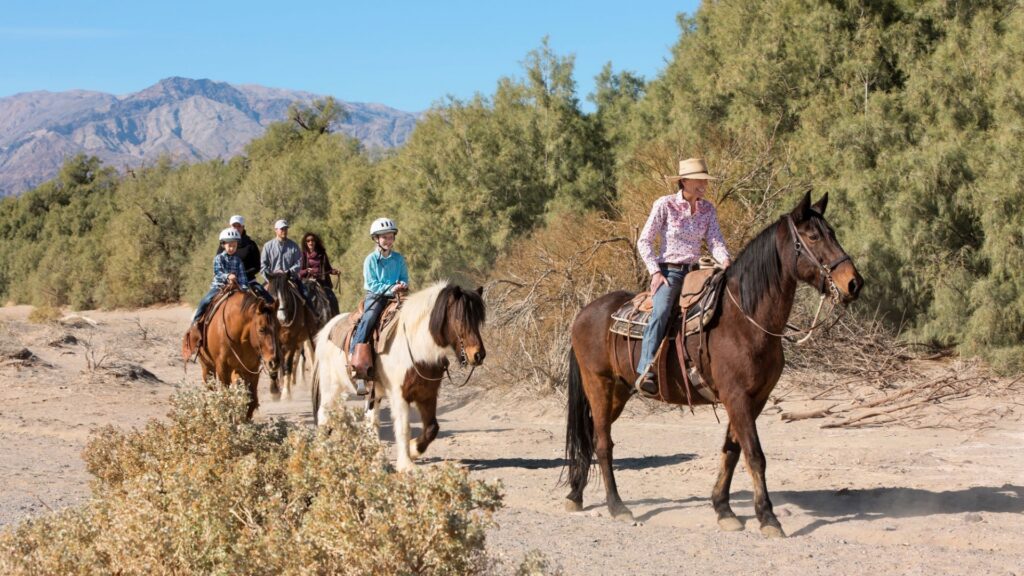
This ultimate playground is dispersed throughout the 3.4 million acres that make up Death Valley National Park. And let’s be real, who wouldn’t want to explore the most diverse attractions in the park?
The Oasis offers a multitude of amenities within its premises, so there’s something for everyone. Whether you’re a tennis player looking to hone your skills or an avid golfer seeking the perfect swing, you’ll find it all here. And for those who prefer a more tranquil experience, take a leisurely stroll around Badwater Basin or enjoy breathtaking views from Dante’s View.
In addition to the spring-fed pools, which are an absolute must-see, The Oasis also offers a wide variety of other fun activities. Explore the mysteries of the natural world and be greeted with some of the most breathtaking sites in the world. Or experience the abundant life of North America’s diverse animal life, from majestic bighorn sheep to roadrunners that make their home in Pleasant Valley.
If you’re looking for a more relaxing stay, The Oasis has got you covered. Furnace Creek Inn offers a restful night’s sleep surrounded by breathtaking views, while the Buffalo Creek Retreat offers rustic cabins perfect for those seeking some peace and quiet. And for those just passing through, stop by the Furnace Creek Visitor Center to pick up a souvenir or two before heading off on your next journey.
But that’s not all! The Ranch Hotel’s Furnace Creek Stables offer horseback rides and carriage rides for those seeking a more chill and romantic experience. And for the shopaholics out there, The Oasis is also a one-stop shopping destination.
Dining
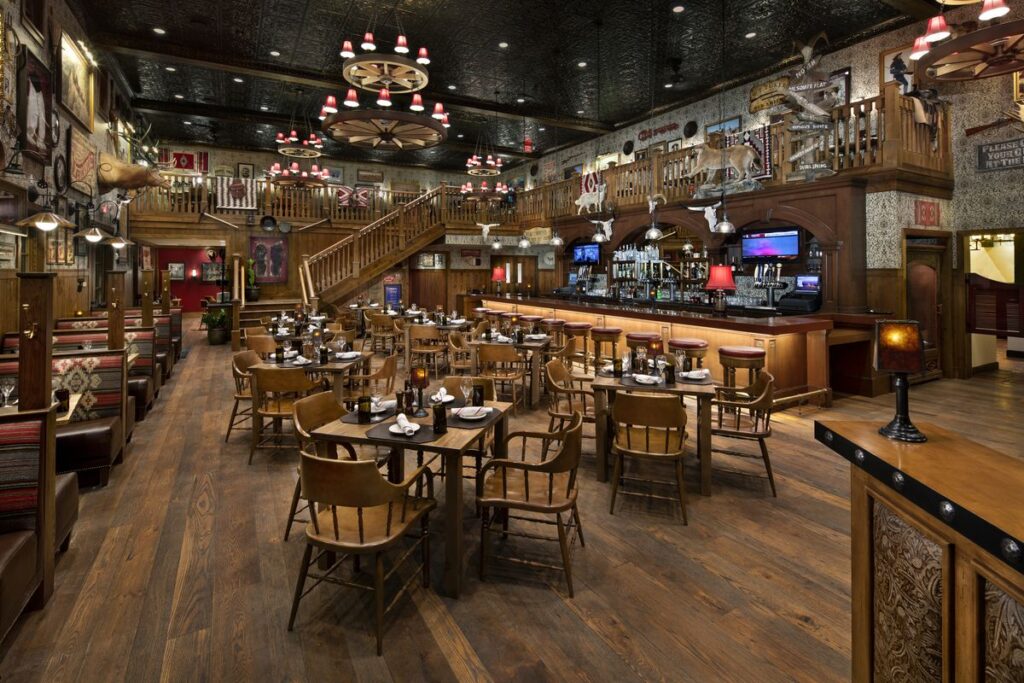
The Oasis offers a variety of dining experiences, giving guests an opportunity to sample some of the region’s best flavors. Whether you’re looking for a romantic dinner at The Inn Dining Room or a delicious family-style meal at The Ranch Dining Room, there are plenty of options for any palate. The resort’s restaurants specialize in classic American cuisine with Mexican and Italian influences, as well as local favorites like borax biscuits and date shakes.
In addition to its delicious food offerings, The Oasis also boasts several bars and lounges, including The Inn Bar & Lounge and The Ranch Saloon & Grill, where you can kick back and enjoy a cold drink or two.
Whether you’re looking for a romantic retreat, an adventurous vacation, or just a place to relax and enjoy the stunning views of Death Valley National Park, The Oasis truly has it all. From its rejuvenating hot springs to its wide variety of entertainment options, there’s something for everyone at this desert oasis. So don’t wait any longer – come explore one of America’s most iconic national parks and create unforgettable memories at The Oasis!
- The Last Kind Words Saloon is an old-school establishment with a western-themed bar that is known for its delectable barbecued ribs and enticing variety of beers.
- The Inn Dining Room is The Oasis’s finest and most opulent dining experience available. Classic dishes and regional specialties are served with breathtaking, unhindered vistas at this restaurant.
- The Inn Pool Cafe is a laid-back eatery where guests may have a salad or sandwich without having to move from their “ideal seat” by the pool.
- Ice Cream Parlor — Although it feels like you’ve stepped back in time when you visit this retro ice cream parlor, it serves some of the most mouthwatering ice cream flavors imaginable. After making your way through the expansive desert, this is the ideal spot to stop and refresh.
- The 19th Hole offers a dining experience for golfers to take a break and enjoy a meal during specific months. The view of the nearby golf course provides a peaceful atmosphere.
- 1849 Restaurant: Despite the fact that it has the appearance of an old historical building, the 1849 Restaurant serves delicious food that is also pleasant to children. Breakfast, lunch, and supper are all “all you can eat,” so you are free to stuff your face to your heart’s delight at any of the three meals.
Accommodations
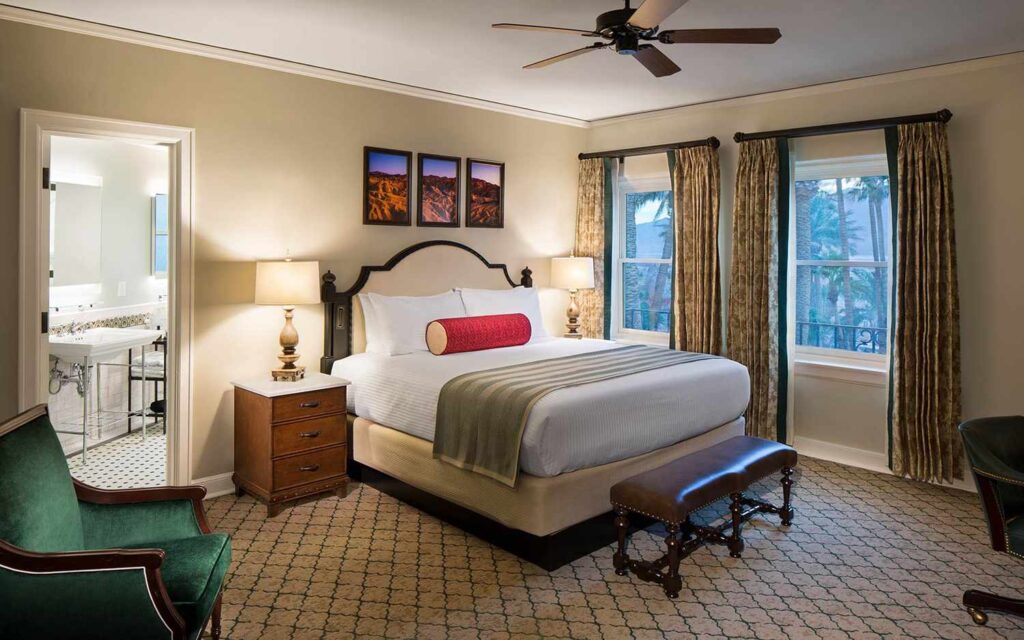
One of the advantages of choosing The Oasis as your destination is the fact that the region features not one but two unique hotel options in addition to a first-rate campground. You are able to select a place to stay that is suitable for your requirements, regardless of whether you are seeking for a flawless Honeymoon break with plenty of pampering or whether you want to get your pulse pounding with the fam-bam.
The Death Valley Inn and Restaurant
The Inn in Death Valley is a historic hotel with 66 hotel rooms and 22 Casitas. It was built in 1927 and has been awarded four diamonds. Over the years, it has attracted Hollywood celebrities like Marlon Brando and Carole Lombard.
The Inn is the perfect place for grownups who want to get away from it all because of its upscale lobby, tennis courts, workout rooms, and saunas, in addition to its luxurious accommodations.
The Ranch in Death Valley
Consider staying at The Ranch, sometimes referred to as “the lively hub of the resort,” in the event that you are seeking for a hotel that is both thrilling and suitable for families. Since its opening in 1933, this hotel has made it a priority to offer exciting activities to visitors of all ages and demographics.
Everyone will have a good time at The Ranch due to its unique combination of laid-back atmosphere and exciting activities, which include its Spanish Colonial Town Hall, fire pits, volleyball courts, and playgrounds. Choose to stay in one of the rooms at the hotel or one of the brand new villas!
Fiddler’s Campground
Fiddler’s Campground provides options for both tent and RV camping. Guests have access to the facilities at The Ranch, which include spring-fed pools, showers, and dining options, as the campground is situated next to The Ranch in Death Valley.
Local Attractions
There’s no such thing as a bad place to visit in Death Valley. But some spots are more popular than others. Here are some of the most beautiful places within Death Valley National Park.
Zabriskie Point
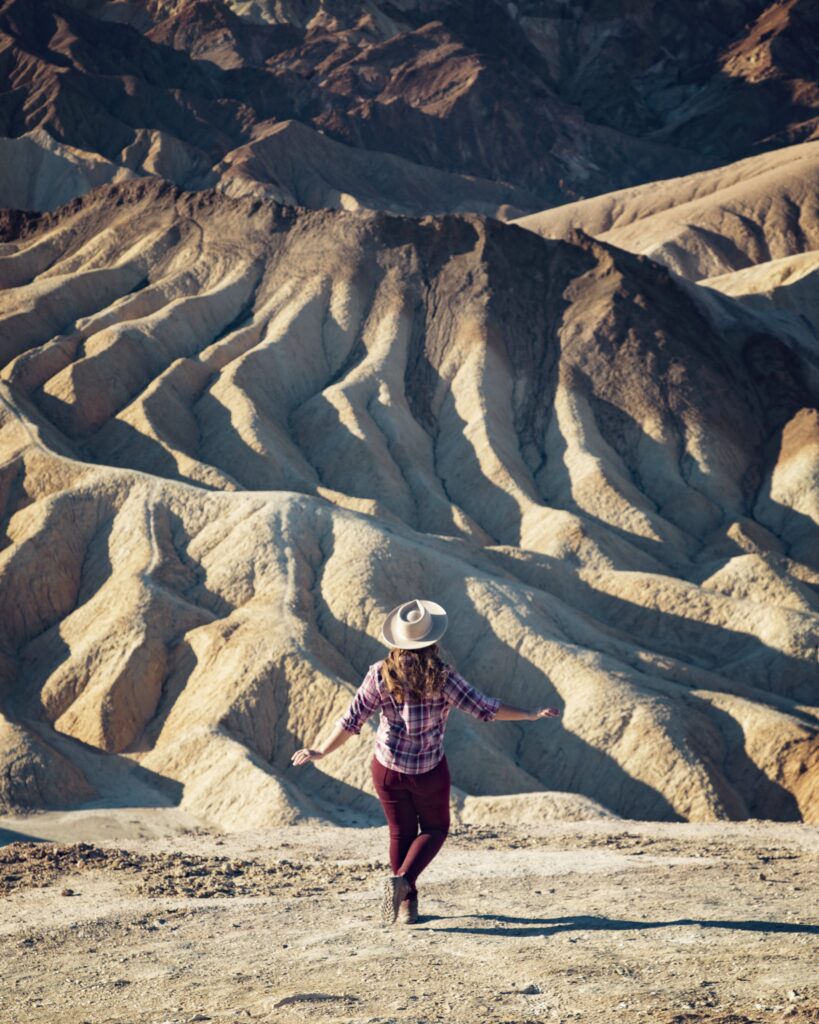
Zabriskie Point is one of the most popular and iconic locations in Death Valley National Park. It’s the site of a famous viewpoint that looks down the length of a valley at a bizarre landscape of rock formations that look like giant stone organ pipes strewn randomly across the valley floor. From this overlook, you can also see an old borax mine, another testament to the region’s mining history.
To get to Zabriskie Point, follow Badwater Road out of Stovepipe Wells Village and head toward the Panamint Range. The road is paved for much of the way, but there are many gravel sections. As you drive, keep a lookout for desert tortoises, which are common on the road’s shoulders.
The entire drive to Zabriskie Point takes about 45 minutes from Stovepipe Wells Village. You’ll pass through landscapes that change drastically as you drive: first through rolling hills covered in sagebrush and grasses before reaching a wide valley with scattered small hills and an interesting geologic formation called the Golden Canyon.
Salt Creek
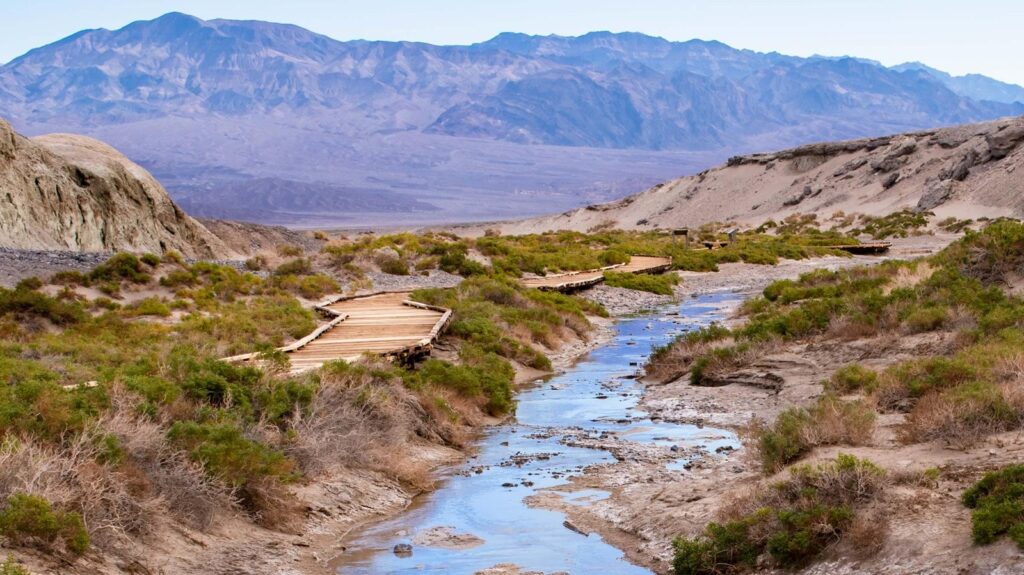
Salt Creek is a short hike that leads to interesting geological features in the southern part of the park. The trailhead is located at the Salt Creek Interpretive Site, which is not open during the winter.
On this hike, you’ll see a variety of salt formations, including salt pillars and flats, and witness some of the geological forces that formed Death Valley. The flat salt formations were once underwater lakes, but as the lake evaporated, the minerals were left behind in these distinctive patterns. The pillars are formed when saltwater seeps through a layer of soil and dissolves minerals in that layer. As the water evaporates, it leaves behind salt that hardens into large pillars.
The entire hike is about one mile round trip, with most of it being level terrain. The interpretive site includes informational signs about the geology you will be seeing along the trail.
Salt Creek is one of three trails at Salt Creek Interpretive Site; the other two are short nature trails that lead to cactus gardens and interpretive signs about the desert tortoise population in the area.
Badwater
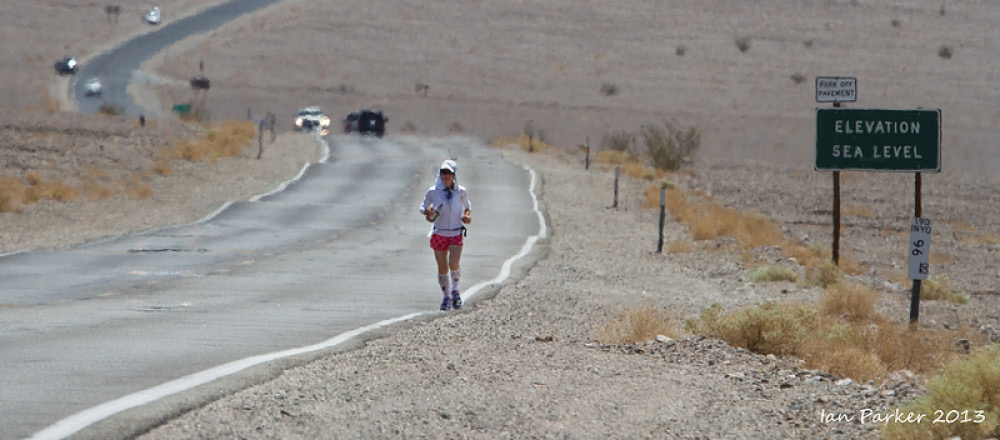
One of the most interesting places in Death Valley National Park is called “Badwater.” It is a depression in the Panamint Valley that is the lowest point in North America at 282 feet below sea level. The name “Badwater” was given by early pioneers who were exploring the area. They were struck by how bad the water looked and tasted, so they named it “Badwater.”
Badwater is an example of how a small change in elevation can have a big impact. The reason why this depression is so much lower than any other point in North America is because of the thickness of the crust under Death Valley. The crust under most of North America is about 25 miles thick, but here it’s only about 8 miles thick. This means that gravity pulls down on this area harder than anywhere else and causes these depressions.
Visiting Badwater isn’t difficult, but you have to plan ahead because it’s extremely remote. The closest town with accommodations and services is Lone Pine, California, which is about 120 miles away from Badwater on Highway 190. If you’re planning a visit to Badwater, you’ll want to check road conditions in advance because Highway 190 often closes due to snow or flooding during winter or spring months.
Eureka Sand Dunes
If you only have a day to visit Death Valley National Park, the most logical thing to do would be to base yourself in the town of Death Valley Junction (next to the park’s southern entrance) and spend the day exploring everything in the eastern half of the park. This area of Death Valley National Park is home to a number of fascinating geological features, including salt flats, sand dunes, and canyons.
The largest sand dunes in the United States are located at a place called The Oasis, not far from Death Valley Junction. The tallest dune is about 650 feet high, and if you’re interested in climbing it, be sure to check with rangers before you head out. Not all of the dunes are open for climbing.
Another popular destination that’s located near Death Valley Junction is the Badwater Basin (the lowest point in North America). If you have time for just one short hike, make it either Artists Drive or Grand Canyon Trail. Artists Drive is a short hike along an easy paved trail that leads to a beautiful canyon filled with colorful rocks that look like pieces of art. You might even see bighorn sheep if you’re lucky.
There is also some excellent hiking at Artists Palette, which is another spot where bighorn sheep are common.
Devil’s Golf Course

If you want to see a weird landscape that is unlike anything you’ve ever seen before, head to the salt flats located in the southern part of the park. The salt flats are one of the most popular destinations in the park, and there are a number of different things you can do here, depending on the time of year. In summer, you’ll be able to take a drive on the salt flats (which will cost $10 per vehicle) and see some truly bizarre sights, including the Devil’s Golf Course.
Devil’s Golf Course is an area where salt has piled up in such a way as to resemble a golf course fairway. The salt ridges form perfect “greens” and “mounds” with “holes” that are full of salt. These formations are not stable and they shift over time, so you will never see them looking exactly like they do in this photo.
The Devil’s Golf Course is located within a larger area called Badwater Basin, which is the lowest point in North America at 282 feet below sea level. You’ll also be able to see some interesting erosion at work at Badwater Basin; for example, when it rains, water flows down into the basin from nearby mountains and creates a small lake that looks like a road. But this water disappears quickly into cracks and crevices in the earth and evaporates.
The Racetrack Playa
The Racetrack Playa is a dry lakebed in the northern half of Death Valley National Park. Although it does not offer much in the way of views, the playa itself is fascinating. That’s because it is home to “sailing stones,” rocks that have mysteriously moved across the surface of the flat, dry lakebed.
There are several theories about how these rocks move. One is that strong winds push them across the playa. Another theorizes that ice pushes them along as the playa freezes over during winter. A third theory states that “light stone” rocks, which are hollow on the bottom and filled with dirt, somehow move when wind blows through the rock.
The sailing rocks are most easily viewed from a pull-off on the side of Highway 190 between Saltdale and Mesquite Flat. Look for rocks in groups of three or more, since single rocks tend to get blown over by strong winds. Other great places to see the sailing stones include along Sand Spring Road (off of Highway 190) and at Golden Canyon (off of Highway 178).
Scotty’s Castle
If you only have time or energy to visit one place in Death Valley National Park, make it Scotty’s Castle. Located near the town of Death Valley Junction (home to several parks service facilities), Scotty’s Castle is a fascinating relic from the heyday of the Old West. Built in the 1920s by a former Kansas City bootlegger named Walter Scott, it was used as a residence by Scott and his wife Bessie for just a few years before they moved on to other things. But the castle was so fascinating that it remained in the family for decades.
The castle was finally purchased by the National Park Service in 1972, more than 50 years after it was abandoned. The NPS has been restoring and preserving the castle since then. The result is an amazing juxtaposition of Old West frontier architecture and Mid-Century Modern design. The castle is decorated with rustic cowboy memorabilia and art that belonged to Walter and Bessie Scott and their descendants.
Scotty’s Castle is also home to one of Death Valley National Park’s most interesting ghost stories. According to legend, Walter Scott buried $2 million somewhere on the grounds, hidden in a cache marked with a distinctive cross shape. Despite repeated efforts, no one has ever found this treasure.
Artist’s Drive and Mosaic Canyon
Artist’s Drive is a scenic loop that starts from the Artists Drive parking area. On the drive, you’ll pass through a valley with colorful rock formations before reaching a ridge with panoramic views. This is one of the most popular drives in the park, but it’s still possible to find solitude here on a weekday in the off season.
Mosaic Canyon is also located along Artist’s Drive. The canyon is one of the more remote locations in Death Valley, but that isolation makes it an interesting place to visit. The canyon floor is filled with sandstone formations reminiscent of waves at sea, a phenomenon known as “desert varnish.”
The canyon itself is only accessible on foot and requires a short hike down and then back up again. The hike isn’t hard, but some parts are steep and you will be walking on sandstone, so take care not to slip or fall. And be aware that Mosaic Canyon is hot in the summertime; wear plenty of sunscreen and take plenty of water with you so you don’t end up suffering from heatstroke or heat exhaustion.
Strawberry Point and Pueblo Mountains
Though it is located in the southern part of the park, the oasis at Stovepipe Wells is a popular destination for those staying at Furnace Creek Resort, the only lodging within the national park boundaries. But if you are willing to drive a few miles off-road, you can find some spectacular scenery just off State Route 190 in the central part of Death Valley National Park. The most notable feature in this area is Strawberry Point, a rocky outcrop with panoramic views of Death Valley that is one of the most photographed spots in all of the national parks.
From Stovepipe Wells, take State Route 190 north for about 6 miles. Turn right onto Centaur Road and drive about 2.5 miles to where it ends at a locked gate (the road used to continue for several more miles to an area known as North Road). Park here and walk past the gate and along the dirt road for about 2 miles. You’ll see signs pointing toward Strawberry Point that will lead you to an even steeper path up a hillside.
Those who want a longer hike should check out the Pueblo Mountains near Scotty’s Castle, which are located off State Route 178 in the southern portion of Death Valley National Park. Like all hikes in this desert, this one requires plenty of water, sunscreen, and other provisions for surviving in harsh conditions.
Summary
The Oasis at Death Valley is a unique and luxurious desert retreat, nestled in the heart of Death Valley National Park. Spread over an expansive 3.4 million acres, the park offers a diverse array of attractions, ranging from hot springs and world-class golf courses to breathtaking views from Dante’s View and opportunities for wildlife viewing.
The Oasis at Death Valley offers a range of accommodations, including the historic Furnace Creek Inn and the Buffalo Creek Retreat cabins. Visitors can enjoy amenities such as tennis courts and spring-fed pools, surrounded by lush palm gardens and towering palm trees. The elegant hideaway is the perfect destination for those seeking a respite from the brain-scrambling heat of the arid desert.
The Oasis at Death Valley is a beautiful venue for any occasion, with 370-acre desert property, 22 stylish one-bedroom casitas and a casita village. The 224-room hotel features bar services, maid service, and catering services. The venue is wheelchair accessible and offers accessible parking and bus parking. The Inn – Spring-fed Pool is the perfect spot for relaxation and rejuvenation.
The Oasis at Death Valley is steeped in history, with a rich legacy dating back to Pacific Coast Borax’s heyday as a mining town. Visitors can explore the Borax Museum and discover the fascinating history of borax mining tools. The Oasis at Death Valley is also a gateway to the Rocky Mountain National Park, which is located just a short drive away.
The Oasis at Death Valley offers a range of activities for visitors, from pickleball courts to 18-hole golf courses. The coffee bar and breakfast buffet offer a wide range of options for guests, and the beach chairs make it easy to relax and soak up the sun. The bar on the property and the banquet facilities make it easy to host a memorable event.
Weather forecast for next 5 days
[simple-weather latitude=”36.457239″ longitude=”-116.866273″ days=”5″ night=”yes”
units=”imperial” text_align=”right” display=”block” style=”large-icons”]
Local Information
Address: Highway 190, Death Valley, California 92328
GPS: 36.457239,-116.866273
Phone: 760-786-2345
Season: Year-round
Website: oasisatdeathvalley.com
Map

Anne
Anne loves to explore the world and share her experiences through her blog. She loves to travel to places that are off the beaten path and find unique experiences to share with her readers. She also loves to share tips on how to make the most of a trip, from budgeting to activities. She hopes that her blog will inspire others to explore the world and enjoy the beauty of nature.
